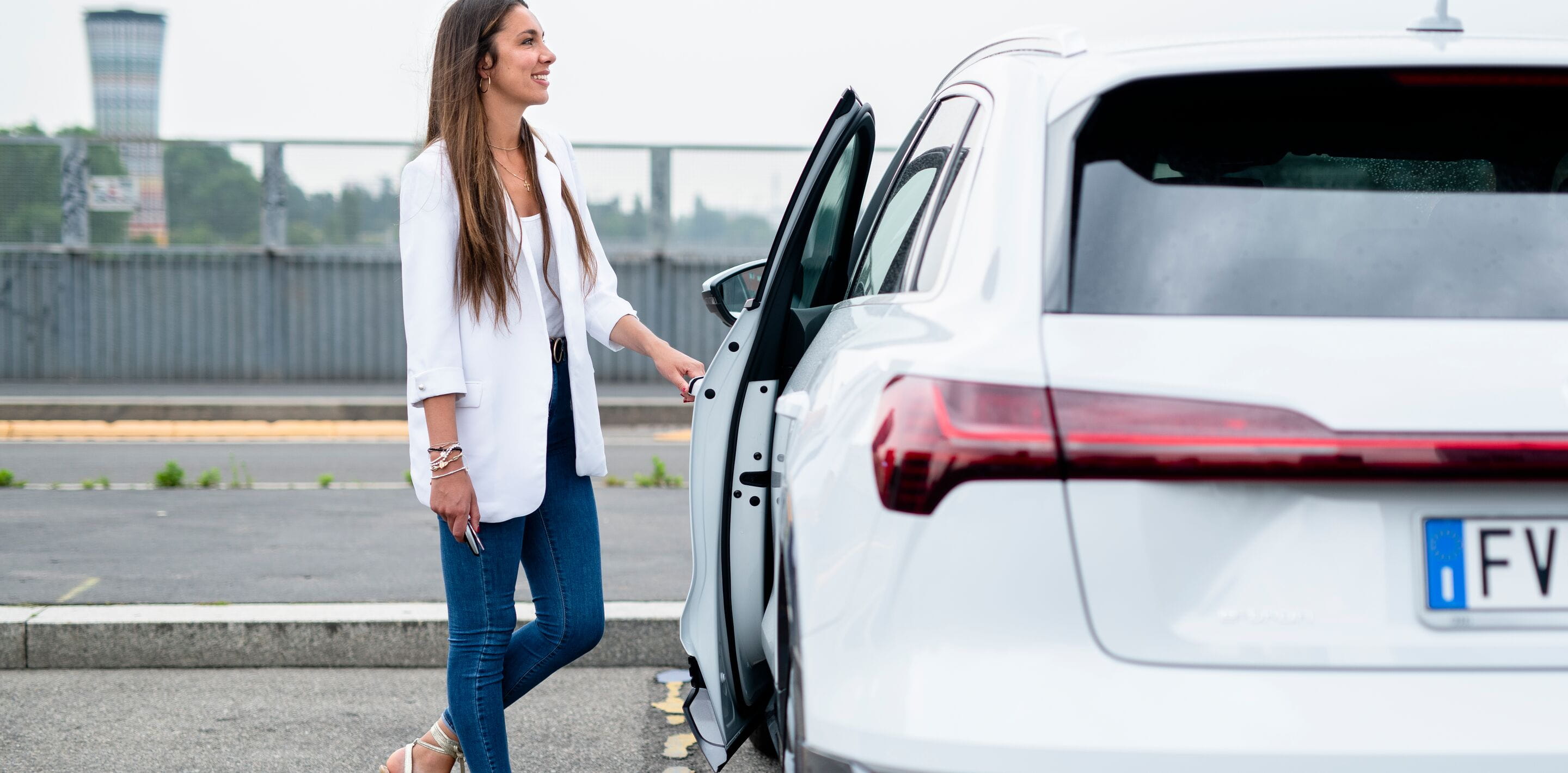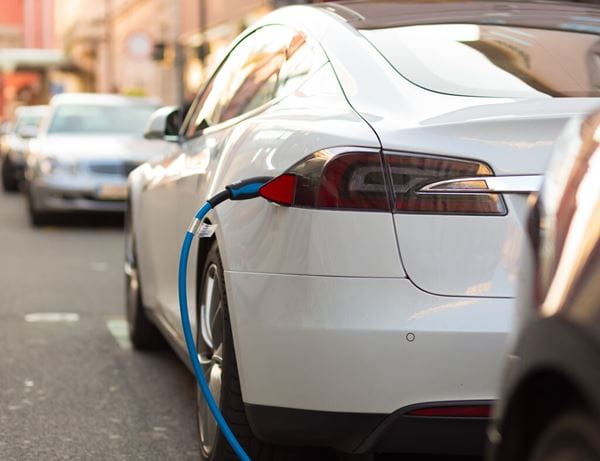
12 ways your drivers can cut fuel costs
It’s easy to forget about fuel costs when you’re looking for ways to save money, particularly as it can seem like the hardest area to make lasting changes. But the trick is to focus on your drivers, not your vehicles. Here are 12 ways you could take steps to reduce your fuel bills permanently.
1. Sensible speed
Going fast burns more fuel. It’s as simple as that. If you encourage your drivers to drive responsibly, they’ll get more mileage out of every tank.
2. Proper gear usage
While it might cut in to acceleration a little, changing gears early and smoothly reduces engine revs, which means improved fuel economy. One handy tip is to think about shifting gears in a block – such as going straight from third to fifth or vice versa – as this can make accelerating or decelerating more efficient.
3. Tyre pressure
Underinflated tyres wear out quickly and increase fuel consumption. Making it your drivers’ responsibility to check the pressure regularly (there’s a handheld tool in the LeasePlan driver pack) should help ensure it doesn’t drop too low. This may not sound like much, but it could improve fuel efficiency by up to 10%.
4. Aircon management
On a hot day, it’s nice to stay cool in your car, but fuel consumption takes a hit when the aircon is on. Giving your drivers guidance about when to use it can make a real difference. Unless the day is baking hot, we’d suggest having the windows open until they reach 40mph and only turning the aircon on (and closing the windows) above this level. Just make sure your drivers still use the aircon once a week to keep it in good condition.
5. Roof racks and bars
Roof racks and bars create significant drag at high speeds, so make sure your drivers know to remove them if they’re not using them. This can reduce fuel costs by up to 30% on motorways.
6. Traffic jams
While it’s not really worth doing anything in stop-start traffic, once your drivers have been static in a traffic jam for more than three minutes, the AA suggests it’s a good idea to turn the engine off. This ensures they aren’t burning fuel unnecessarily.
7. The boot
Decluttering the boot is unlikely to make a massive difference to fuel economy (unless it’s full of bricks), but cutting any unnecessary weight from the car will still contribute to more efficient driving.
8. Smooth driving
Teach your drivers about the benefits of observing traffic patterns and taking cues from other drivers. This can help them use their momentum more efficiently by minimising unnecessary braking or accelerating – which also improves fuel economy.
9. Performance monitoring
If you monitor your drivers’ fuel consumption, you can spot ‘heavy foot’ drivers who might be accelerating and braking too hard. Targeted training can then help them drive more efficiently.
10. Performance motivation
Monitoring also allows you to reward the drivers who are doing well by providing incentives and recognition. This can give them a reason to go ever further – and encourage other drivers to follow their example.
11. Regular maintenance
Make sure your drivers know the full maintenance schedules for their vehicles and encourage (or require) them to follow them. Well maintained vehicles tend to operate more efficiently.
12. Route planning
It takes a little more time than some of our other ideas, but careful route planning can make a real difference. It helps your drivers minimise mileage, reduce idle time and optimise fuel consumption – particularly if it’s integrated with real-time traffic updates while they are on the road.
To find out more about cost saving ideas for your fleet, visit our Cost Saving hub here or speak to your LeasePlan Account Manager who will be happy to help.

.jpg?rev=3adbd558867c4d92bf9f22752f12a09c&mw=600)



